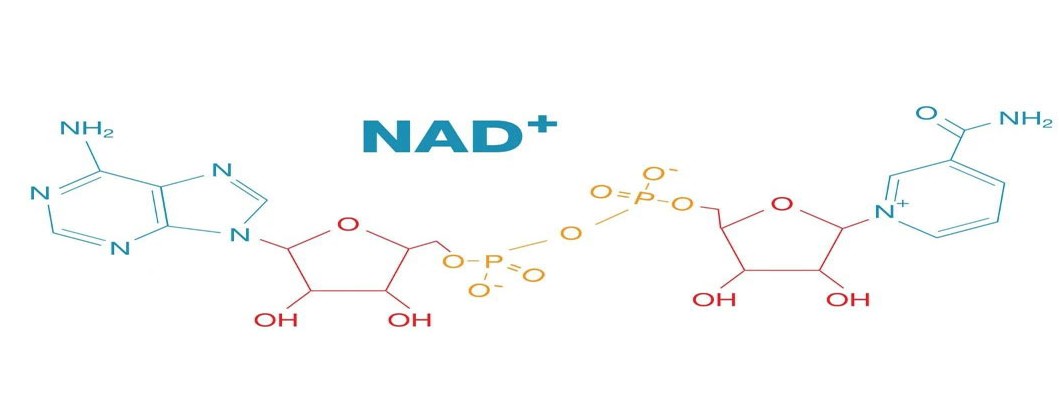
Since the discovery of NAD + in 1906, the molecule has been of interest to scientists for its abundance in the body and its key role in the molecular pathways that keep the body functioning.Studies of NAD + throughout the 1940s and 1950s revealed its key role in both DNA replication and RNA transcription, two processes that are essential to life.In animal studies, increasing levels of NAD+ in the body has shown encouraging results in areas of research such as metabolism and age-related diseases, and has even shown some anti-ageing properties.
NAD+ (nicotinamide adenine dinucleotide) is an essential substance for the functioning of the body, it is present in all cells and is involved in thousands of physiological reactions in the body. As a participant in metabolism and a helper molecule for other biologically active proteins, its role is mainly to provide energy to cells, boost immunity and accelerate tissue repair and regeneration, thus keeping the body in a healthy state and slowing down its ageing.
NAD+ is used by many proteins in the body, such as silencing regulat proteins , which repair damaged DNA, and is also important for the mitochondria, which are the powerhouse of the cell and produce the chemical energy used by the body.
NAD + Helps Control DNA Damage
As organisms age, they can suffer damage to their DNA due to environmental factors such as radiation, pollution and inaccurate DNA replication.
In 1963, Chambon, Weill and Mandel discovered that NMN (nicotinamide mononucleotides) provided the energy required to activate important nucleases. This discovery led directly to the full disclosure of the function of PARPs, which play a crucial role in repairing DNA damage, regulating cell death and whose activity is associated with changes in lifespan.
According to current theories of ageing, the accumulation of DNA damage is the main cause of ageing. Excessive DNA damage depletes valuable cellular resources.PARP (poly(ADP-ribose) polymerase) is an important DNA repair protein that is dependent on NAD+ to function.
Increasing NAD+ levels allows PARP proteins to repair damaged DNA more effectively, which in slows down ageing.
PARP1 is the "Go-Between" for DNA Repair
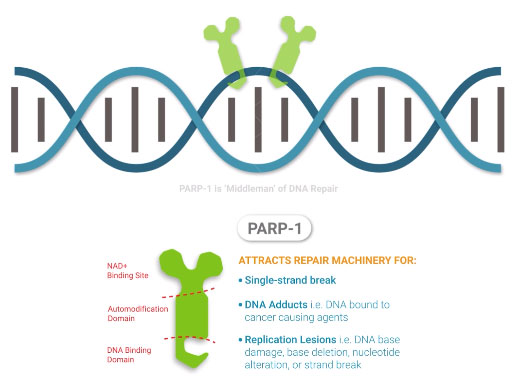
Schematic Representation of PARP1 Helping to Repair Damaged DNA
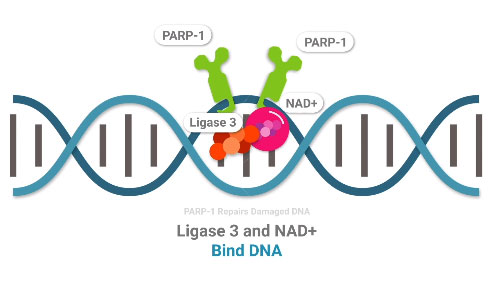
NMN Conversion to NAD +
However, as time passes, the concentration of NAD+ in the body only gradually decreases and cannot be increased by direct supplementation as NAD+ cannot easily enter the body due to the barrier of cell membranes.
As a direct precursor of NAD +, NMN is a smaller molecule than NAD + and can be absorbed more efficiently into cells and is considered a key component in increasing NAD + levels in cells.
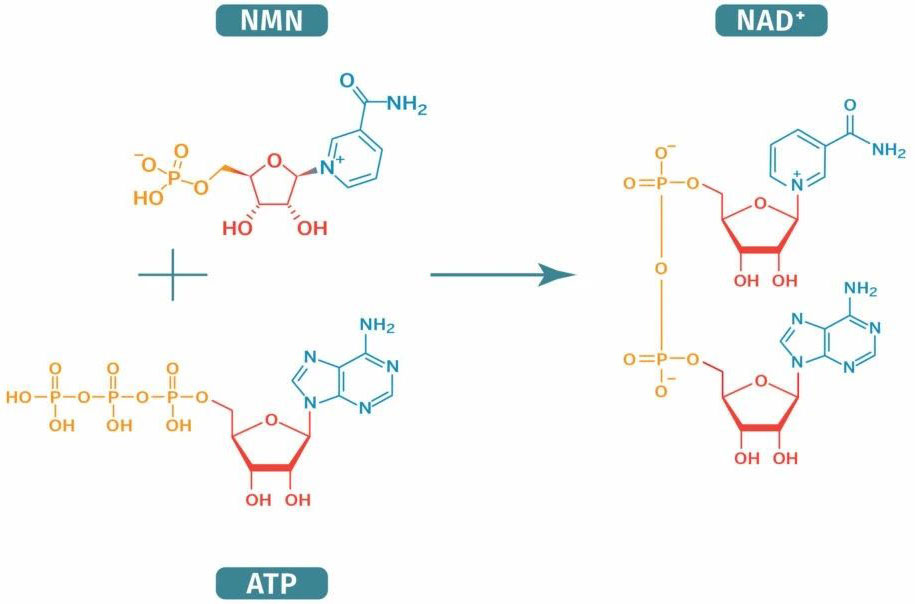
After years of clinical trials, it has been proven that oral NMN can rapidly increase NAD+ levels within 15 minutes.
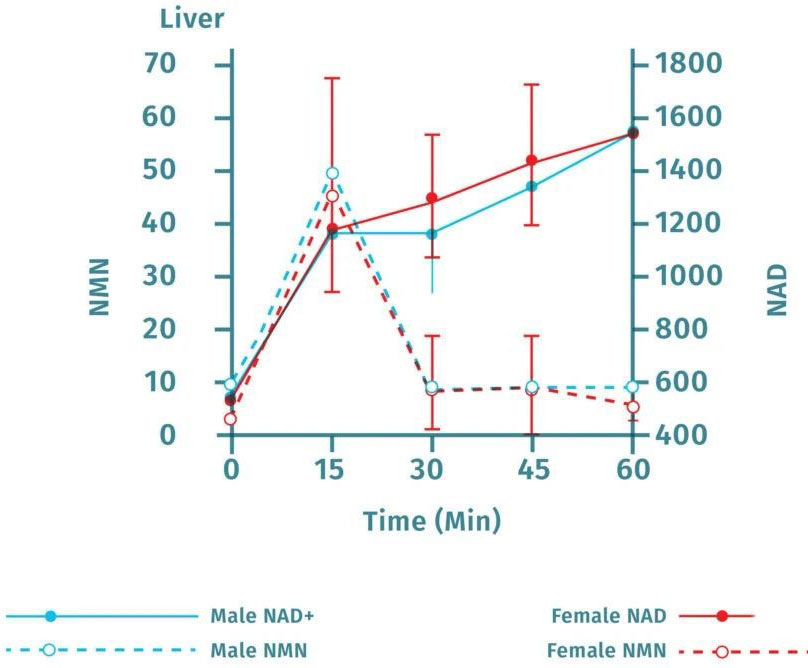
In 2013, a team led by Professor David Sinclair at Harvard Medical School demonstrated that oral administration of NMN to 22-month-old mice for one week increased NAD+ levels and restored key biochemical indicators related to mitochondrial homeostasis and muscle function to the equivalent of young mice at 6 months of age, as published in the journal Cell .
As geneticist and NMN researcher David Sinclair says, we lose NAD + as we age, and "the resulting decline in cellular activity is thought to be the main reason why our bodies develop disease in old age, but not in youth." He believes that a moderate increase in NAD + levels may slow down or reverse some of the ageing process.

Leave a Comment